By Cindy Watter, UC Master Gardener of Napa County
It all started with the water bill. That is how Linda St. Claire, a former UC Master Gardener of Napa County, described her conversion to storing rainwater to use in her garden.
St. Claire's house is in north Napa, and she has a fairly large yard by city standards, one-fifth of an acre. After going into shock about how much she was paying for water to irrigate her yard, she decided to figure out how much water she could collect by capturing the runoff from her roof.
St. Claire calculated that she could collect 600 to 700 gallons of water from each inch of rain that fell on her 1000-square-foot roof. Even during a miserly rainy season, that can add up.
St. Claire bought seven used 55-gallon barrels for $20 each. One barrel can fit in her Prius. She also has a 200-gallon barrel that she got with help from a friend with a truck. The barrels require only a scrubbing once a year with food-safe soap, and a good rinse. Rainwater collected in this way is not potable but it is safe for watering a yard.
St. Claire took a Master Gardener class on how to harvest rainwater and how to set up drip irrigation. She also took advantage of the City of Napa's Cash For Grass program to tear out her front and back yards. Her drip irrigation has sensors so plants don't get watered when it's raining.
St. Claire's barrels are connected with a "daisy chain" of piping and covered. If you have roof gutters, you need to attach a diverter to filter out leaves and other detritus after the first rain of the season. Mesh gutter guards also work. Because of all her innovations, St. Claire's yard was featured on a Bay Area Water Wise Gardens tour.
According to the Bay Area Stormwater Management Agencies Association, St. Claire's method of saving rainwater is suitable for homes that have roof areas that drain to downspouts. You need a firm, level surface for the barrels, because a filled 55-gallon barrel weighs over 400 pounds. Some people strap the barrels to their house, although St. Claire says that her barrels might have pulled off her home's wood siding if they had been strapped on during the 2014 earthquake.
The area where you intend to use the water should be nearby. You should have an overflow path to your storm drains in case the rain barrel overflows.
My grandmother had rain barrels all over her farm in West Virginia. We didn't fall into them and they didn't fall on us, but these days people are more cautious. Make sure your barrels have lids and that children understand they aren't toys.
While you may not be able to find barrels for $20 like Linda did, it's worth looking around. The barrels will pay for themselves sooner than you think. I have seen all types of containers for water storage, from enormous "water bladders" for serious agriculture to slender, flat containers that stand next to a fence and aren't noticeable, especially with plants in front.
Even if you are collecting rainwater, you should follow the guidelines for water economy. Water in the morning or evening, when it's cooler. Water the soil, not the plants. Use compost and mulch around plants and trees for moisture retention. Get rid of weeds; they compete with your plants for water. Check for water leaks.
Water only when your plants need it. If a handful of soil clings together, you can wait. Prioritize your plants; trees and matures shrubs should have a higher priority than easily replaced annuals and edibles. This calls for a certain ruthlessness, of course.
Looking at St. Claire's garden, I sensed a lost opportunity. I had thought about installing a rain barrel, but the last two years lulled me into thinking it would never rain again. Then we had December's deluge. It's only January so there's still a chance for more.
When I visited St. Claire's property, she was getting it ready for spring planting. Her landscape contains many California natives, but the lion's share is given over to food crops. She has peach, pineapple guava, pomegranate, Honeycrisp apple, Asian pear, lemon and fig trees, as well as elderflower, raspberry, blackberry and olallieberry bushes, plus vegetable beds. St. Claire's garden yields a cornucopia, and its abundance wouldn't be possible without her rain harvesting.
Food Growing Forum: Napa County Master Gardeners will host this forum on “Planning & Record Keeping and Crop Rotation” on Sunday, February 13, from 3 pm to 4 pm. Register to receive the Zoom link at https://ucanr.edu/2022FoodForumFeb.
Got Garden Questions? Contact our Help Desk. The team is working remotely so please submit your questions through our diagnosis form, sending any photos to mastergardeners@countyofnapa.org or leave a detailed message at 707- 253-4143. A Master Gardener will get back to you by phone or email. For more information visit https://napamg.ucanr.edu or find us on Facebook or Instagram, UC Master Gardeners of Napa County.
Attached Images:

Water bill. (iconfinder.com)
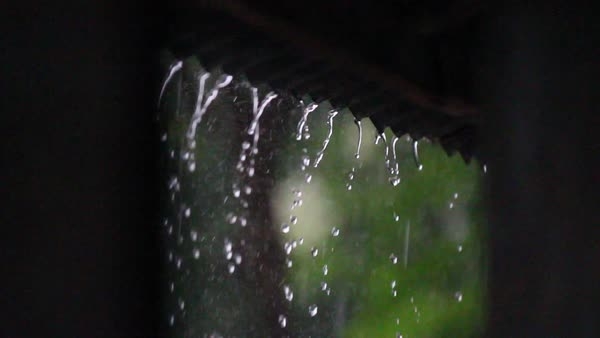
Capture that rain for irrigation. (dissolve.com)
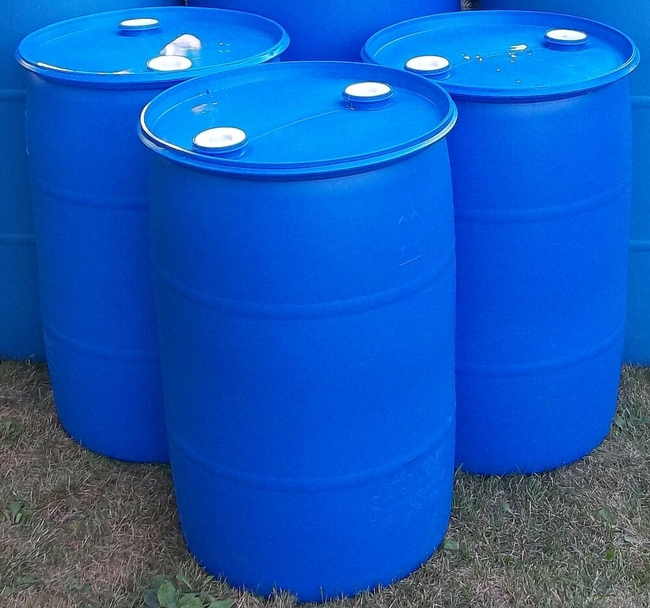
55 gallon barrels are perfect. (ebay.com)
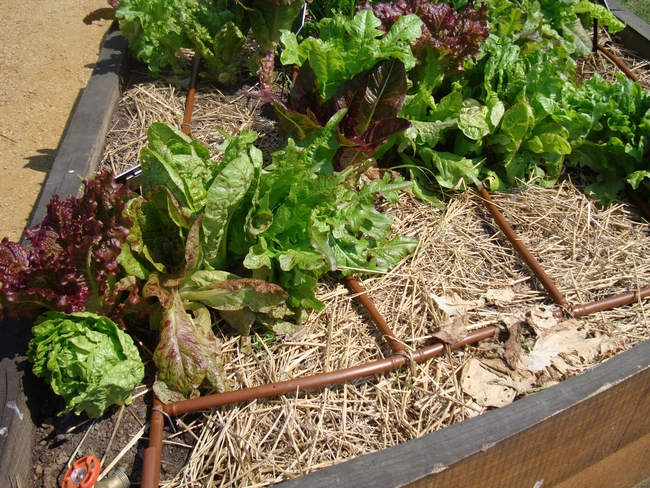
Install drip irrigation. (installitdirect.com)
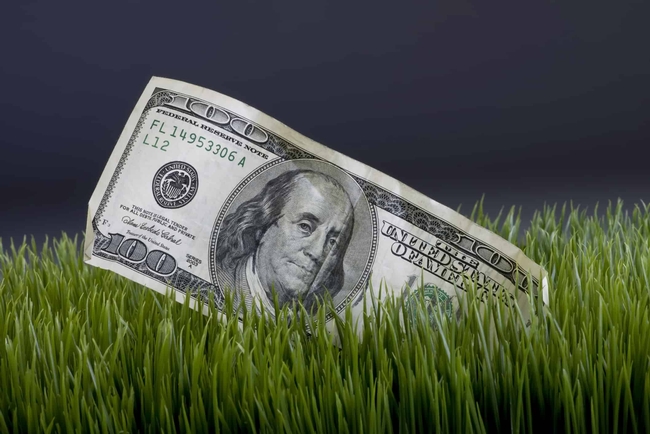
Look for Cash for Grass programs in your town. (octurfandputtinggreens.com)
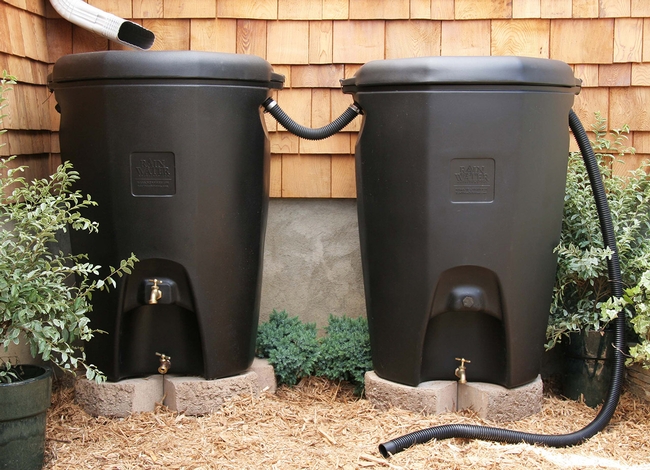
Daisy chain rain collection barrels. Cover them. Place on firm surface. (buildipedia.com)

Make a list of watering priorities. (safestart.com)
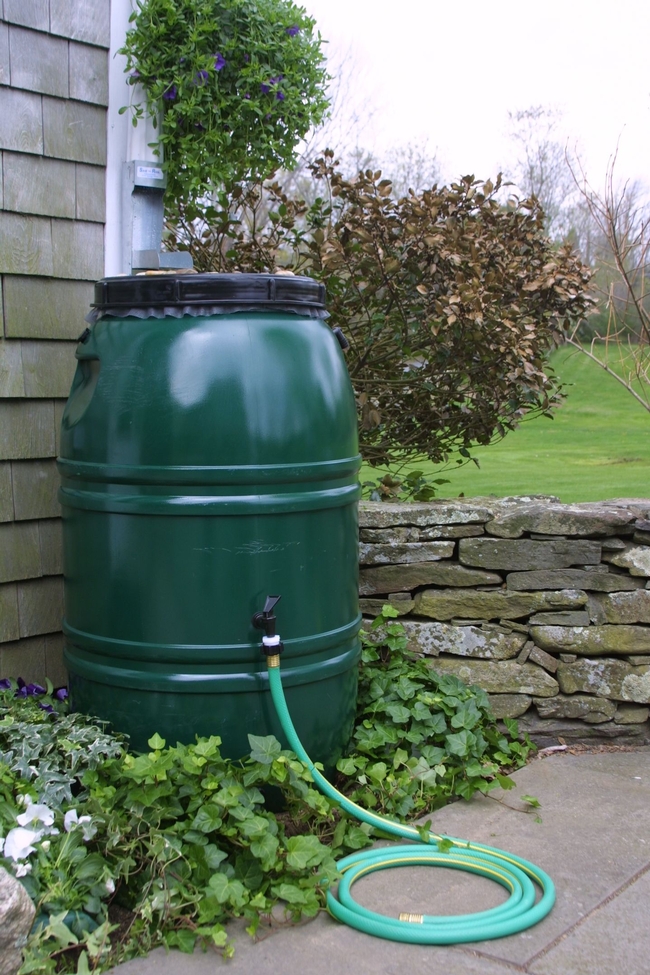
Collect and use that rainwater. It's precious. (br.pinterest.com)